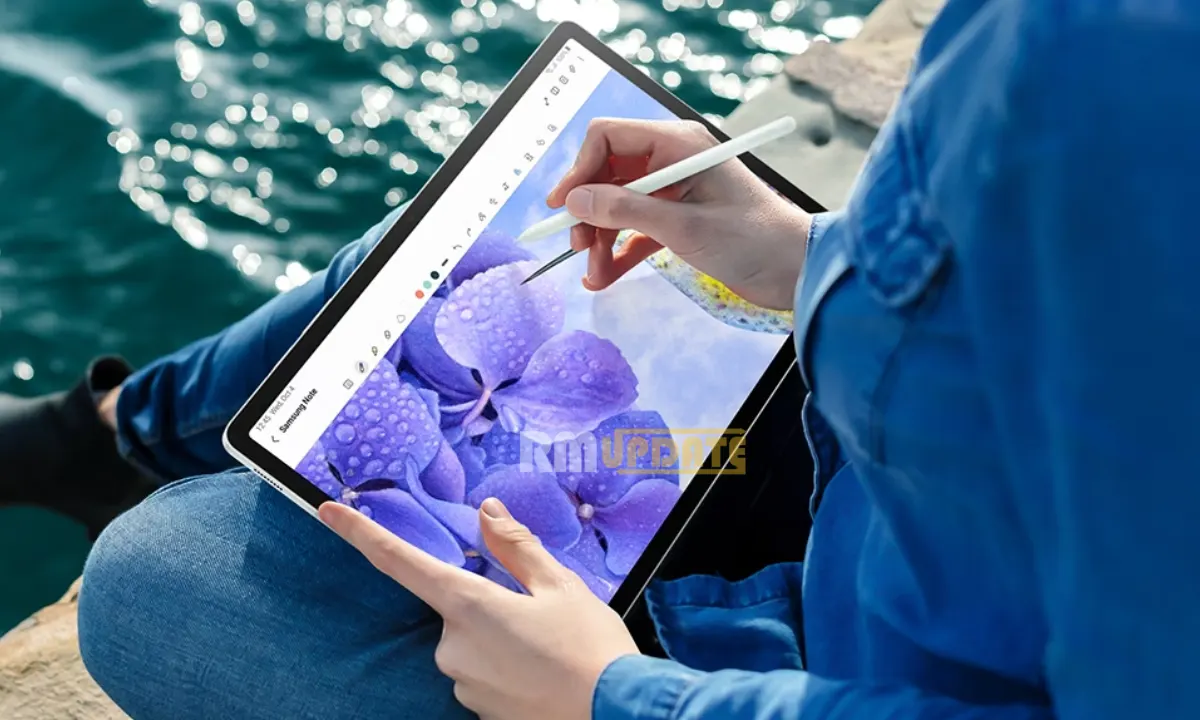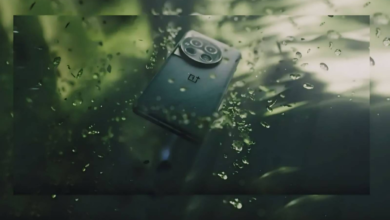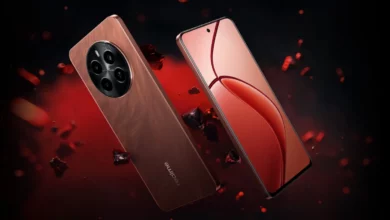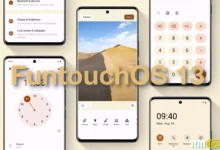While choosing between smartphones in the competitive premium mid-range smartphone market, two devices that have grabbed the attention of buyers recently are the Interactive Nothing Phone(2) and the dual chip-powered iQOO Neo 7 Pro. These phones offer impressive features and specifications along with Snapdragon 8+ Gen 1 chipset to deliver incredibly fast performance. However, choosing between the two can be difficult at every point.
Now, let us compare the Nothing Phone(2) and iQOO Neo 7 Pro to find out which one is better for you. We’ll be taking a look at their display sizes, cameras, battery life, RAM, processors and more – so stay tuned for all the details! Interested consumers will be able to buy both new devices from next week.
Nothing Phone (2) vs iQOO Neo 7 Pro
Display
I can say that the display of the Nothing Phone 2 is quite good; it has a 6.7-inch OLED panel using LTPO technology that offers HDR10+ resolution of 1080x2412px resolution and a dynamic 120Hz refresh rate.
On the other hand, the iQOO Neo 7 Pro boasts a larger 6.78-inch display with an HDR10+, 1080 x 2400 pixels resolution. However, it uses an AMOLED screen instead of an LTPO, which means that it can drain the battery. But it offers a faster 120Hz refresh rate, making scrolling and animations smoother.
LTPO technology has the potential to preserve battery life when compared to AMOLED. AMOLED displays typically require a higher refresh rate to achieve smooth animations and transitions, which can drain the battery.
Both the displays are good in their own way, but ultimately it comes down to personal preference. If you want them to save power, then the LTPO display of the Nothing phone (2) might be better for you. On the other hand, if you value more vibrant colours and deeper blacks, then the AMOLED display of the iQOO Neo 7 Pro might be a better option for you.
Processor:
The Nothing Phone(2) and iQOO Neo 7 Pro have very similar processors – the Qualcomm Snapdragon 8+ Gen 1 chipset to deliver incredibly fast performance. This means they are both very efficient and powerful processors. In benchmark tests, the Snapdragon 8+ Gen 1 scores around 1.3 Mn+ in Antutu, which is a good score for a mid-range device.
Overall, the Snapdragon 8+ Gen 1 is a solid choice for a mid-range device, offering decent performance and efficiency. If you’re considering either the Nothing Phone(2) or the iQOO Neo 7 Pro, you can be sure that their processors will be able to handle most tasks with ease.
On the other hand, iQOO Neo 7 Pro is also equipped with an independent gaming chip with 120 fps game frame interpolation, which is born for passionate gaming. If you are fond of gaming, then the dual power chip of iQOO Neo 7 Pro can be a better option for you.
Battery and Charging
Regarding battery and charging, the iQOO Neo 7 Pro 5G is the clear winner between the two devices. The iQOO Z7 5G houses a 5,000mAh battery, which should last a day with average usage. The device supports 120W fast charging, which can recharge the phone up to 50% in just 8 minutes.
On the other hand, the Nothing Phone 2 features a larger 4700mAh battery, which can easily last a day with moderate usage. The device also supports blazing-fast 45W PPS charging, which can charge the phone up to 100% in just 55 minutes.
Camera:
The Nothing Phone 2 comes with a dual rear camera setup featuring a 50 MP main + 50 MP ultra-wide camera sensor and enhances the selfie camera to capture 32MP shots. The primary rear camera also gets an 18-bit ISP (Image Signal Processor) to let you take detailed pictures.
On the other hand, the iQOO Neo 7 Pro features a triple rear camera setup with a 50MP primary sensor, an 8MP ultra-wide sensor, a 2MP monochrome sensor, and a 16MP front camera. The camera performance is excellent, and the device can capture some stunning shots in daylight and low-light conditions, thank to the Optical Image stabilization (OIS).
Overall, if you prefer a triple camera, the iQOO Neo 7 Pro is a better option than the Nothing Phone 2.
Software & Support:
For your information, let us tell you that both the Nothing Phone(2) and iQOO Neo 7 Pro are equipped with the latest Android 13 operating system, providing users with a seamless experience.
Nothing Phone 2 comes with Android 13-based Nothing OS 2.0. It may get Android 14 before the end of the year after Google makes it available. The company has promised three major Android OS updates and four years of security patches, which means users can expect new features, improvements and security patches for a more extended period of time.
On the other hand, iQOO Neo 7 Pro comes equipped with the latest Funtouch OS 13, which provides users with a smooth experience and supports 2 years of Android versions and 3 years of security updates. FunTouch OS 13 combines Vivo’s design-driven value with new and improved personalization options, enhanced privacy and security features, and new control features for a smooth, seamless experience.
In terms of long-lasting software support, the Nothing Phone (2) is the clear winner between the two devices, which offer one more Android OS and security update.
Price:
In terms of price, the iQOO Neo 7 Pro with 8GB RAM and 128GB storage offers a more affordable entry-level option at Rs 34,999. However, the Nothing Phone (2) offers an additional 512GB storage option for Rs 54,999, which could be a deciding factor for those who need more storage space.
In terms of price along with the specifications of both the devices, the iQOO Neo 7 Pro is the clear winner between the two devices.

“If you like this article follow us on Google News, Facebook, Telegram, and Twitter. We will keep bringing you such articles.”







